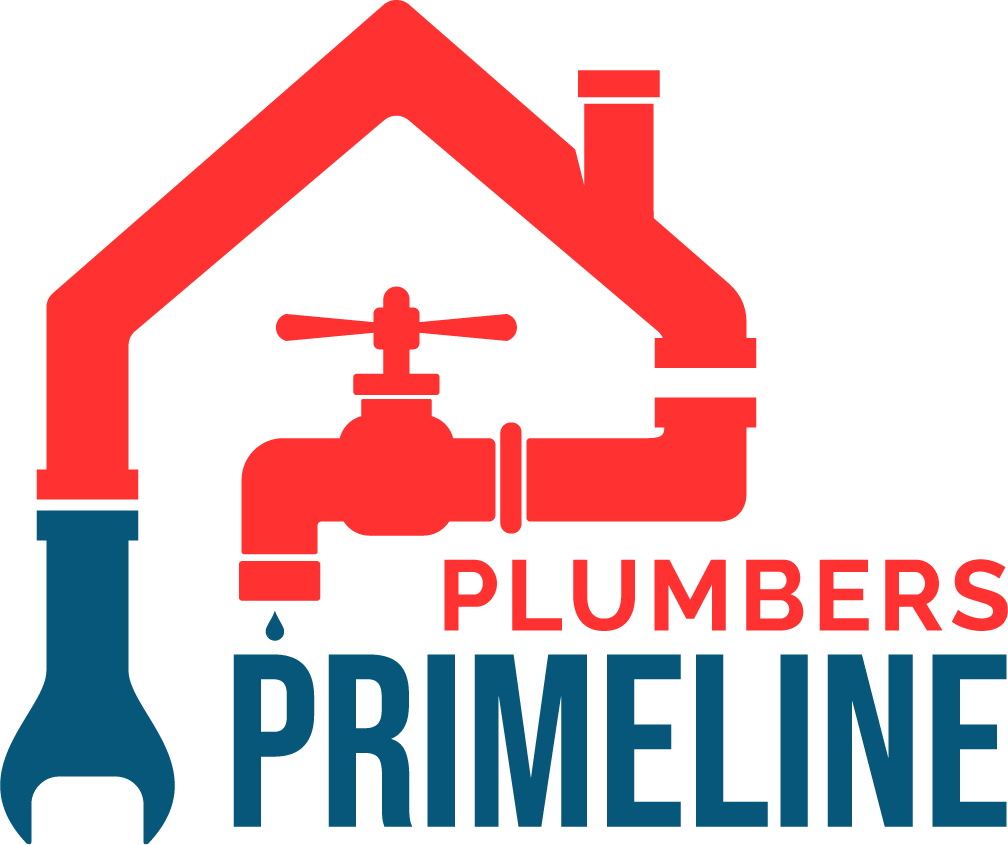Just as finding a septic tank is hard, locating a water line under a concrete slab is a challenging task. Wondering why you need to locate a water line? Well, it is necessary for repairs, renovation, or new installations.
Without any further ado, let’s dive into the details of how you can find water lines under a concrete slab.
Why It’s Important to Find Water Lines Under a Concrete Slab
Water lines running beneath concrete slabs are important for supplying water throughout your home. Over time, these lines may develop leaks, suffer from wear and tear, or need to be rerouted. Knowing how to find the water line under the concrete slab is essential for:
- Identifying leaks that can cause structural damage.
- Planning plumbing upgrades or replacements.
- Avoid unnecessary drilling or breaking of the concrete slab.
Leak detection services, new pipeline installations, and other such services can greatly benefit from accurate water line detection.
Review Existing Plumbing Plans
Start by reviewing the original plumbing layout for your property. These plans typically show the location of plumbing in a concrete slab, including water lines, sewer lines, and drainage systems.
- Check with your builder, plumber, or local building department for copies of the plans.
- Look for details such as pipe size, material, and placement relative to walls or fixtures.
If plans aren’t available, proceed with other detection methods.
Use a Metal Detector
Many water lines are made of metal or contain metallic components that can be detected using a standard metal detector. Here’s how:
- Sweep the metal detector over the surface of the concrete slab.
- Mark areas where the detector signals metal.
- Follow the path of the signals to trace the water line.
While this method is effective for metal pipes, it may not work for plastic or PVC lines.
Use a Pipe Locator Tool
For a more precise approach, a pipe locator tool is a valuable option. These advanced devices are designed specifically for finding pipes under concrete.
- Acoustic Pipe Locators
Detect sound waves created by water moving through the pipes.
- Ground Penetrating Radar (GPR)
Uses radar to identify subsurface objects, including plastic and metal pipes.
- Electromagnetic Locators
Work by sending signals through metallic pipes or tracer wires attached to non-metallic pipes.
Pipe locators are highly accurate and can differentiate between different types of utilities under the slab. However, it can be quite costly to have one, so it’s better to search for “licensed plumbers near me”. You will see plumbing service providers in your area say Franklin Square. They would have such locators and can easily find your water line for you.
Check for Visual Clues
Sometimes, visible signs on the surface of the concrete or surrounding area can indicate the location of water lines. Look for:
- Wet Spots or Discoloration
May suggest a leaking pipe beneath the slab.
- Warm Spots
Often indicate hot water lines under the slab.
- Cracks or Raised Areas
These can result from water pressure affecting the concrete.
These signs can provide valuable hints when determining how to find water line under concrete slab.
Use Thermal Imaging Technology
Thermal imaging cameras are effective for detecting temperature differences caused by water flow. This method is particularly useful for identifying hot water lines or leaks.
- Scan the surface of the slab with the thermal camera.
- Look for distinct color changes that indicate temperature variations.
- Follow the pattern to trace the water line’s location.
Thermal imaging is non-invasive and works well for plumbing in a concrete slab with heated water.
Listen for Water Movement
If the water line is active, you may be able to locate it by listening for the sound of water movement.
- Use an amplified stethoscope or electronic listening device.
- Place the device on the concrete slab and move it around to detect water flow.
- Mark the area where the sound is strongest.
This method works best when water is running through the line.
Consult PrimeLine Plumbing
If DIY methods don’t work, reach us. We have specialized equipment, such as:
- High-frequency acoustic detectors.
- Advanced GPR systems.
- Leak detection kits for pinpoint accuracy.
We understand the intricacies of plumbing in a concrete slab and can locate water lines with minimal disruption.
Plan and Mark the Area
Once the water lines are located, mark their paths on the surface of the slab using chalk or tape. This step helps ensure precise cutting or drilling while minimizing unnecessary damage.
- Double-check your markings against the detection equipment’s readings.
- Consult the original plumbing plans, if available, to confirm accuracy.
Proceed with Caution
After identifying the water line, carefully plan any necessary repairs or modifications. Consider:
- Using professional-grade tools for cutting the concrete slab.
- Hiring a contractor to avoid damaging the pipes.
- Implementing protective measures to prevent future leaks.
Accurate detection combined with cautious execution minimizes costs and ensures successful outcomes.
Conclusion
Finding water lines under a concrete slab doesn’t have to be daunting. You can use DIY methods to locate the position of the water line but an easy alternative is to have professional assistance. So, feel free to reach PrimeLine plumbing anytime, we will be happy to help.


